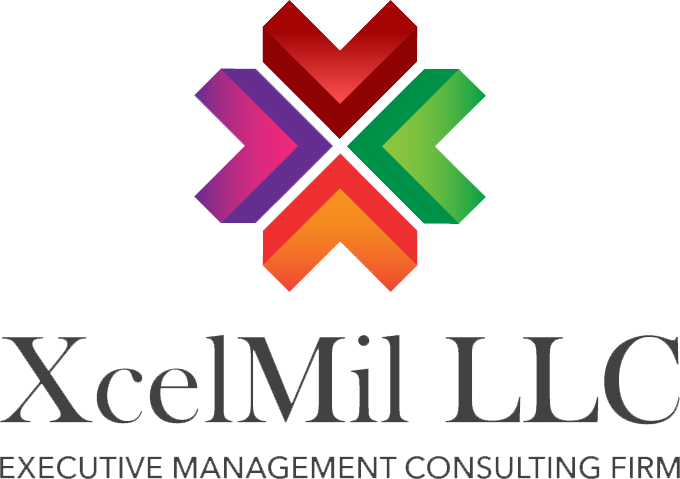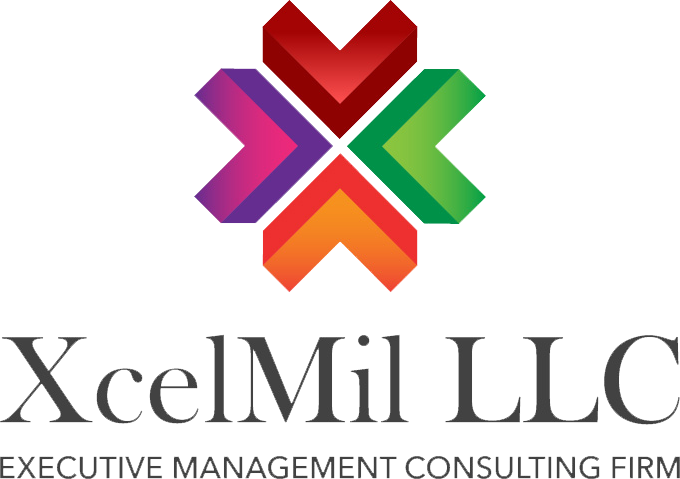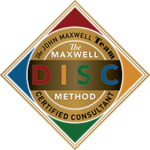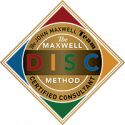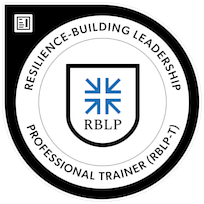Technology has completely transformed the way that businesses operate today and, as a result, has had a significant impact on the way that leadership is carried out. With the rise of digital transformation and the increasing use of automation, it is becoming increasingly important to understand how technology is affecting leadership in the modern workplace.
In this article, we explore how technology is influencing the way leaders are making decisions and managing their teams, as well as the changes that are impacting the way leadership is exercised in all aspects of the business, from strategy to execution. We also discuss the challenges leaders face and the strategies they must adopt to ensure effective and successful leadership in the age of technology.
Benefits of Technology on Leadership
Technology has empowered leaders to take on roles and tasks that were once thought impossible. With the rise of digital transformation, businesses are able to access data and resources from around the world with the click of a button. This makes it easier for leaders to be more informed and make decisions based on real-time data. Additionally, technology has enabled leaders to identify and measure important concepts such as efficiency, effectiveness, and productivity more accurately than ever before.
Technology has also enabled leaders to become more connected to their team members, both in the office and remotely. Communication has become more efficient, with video conferencing, instant messaging, and other tools allowing team members to stay connected and collaborate in real-time, no matter where they are located in the world. This level of connectivity has opened up unprecedented opportunities for teams to be more productive, creative, and successful.
Overall, technology has had a major impact on leadership in the modern workplace. It has enabled leaders to become more informed and make data-driven decisions, as well as become more connected with their teams. Technology is also making it easier for businesses to stay up-to-date on trends and advancements in the industry. As technology evolves, its impact on leadership will continue to be felt.

Challenges of Technology on Leadership
The world of business is rapidly evolving, driven by technology and the digital transformation that have emerged over the past decade. This shift has had a significant impact on the way that leadership is exercised in the modern workplace. As technology has become more ingrained in the way businesses operate, there has been an increase in the number of decisions made using data and automation. This shift has posed a number of challenges for leaders, who must be able to navigate these changes in order to be successful.
One of the biggest challenges posed by the rise of technology is the need to remain agile and adapt to changing trends. As technology advances, leaders must ensure they are able to effectively identify and capitalize on the new opportunities that arise. This requires an understanding of the technology landscape, as well as the ability to anticipate and plan for changes in the industry.
In addition, as technology has opened up new opportunities for communication, there is an increased demand for leaders to be able to effectively engage with their teams and ensure that everyone is on the same page. Leaders must be able to communicate the goals and objectives of the organization in a way that resonates with each individual team member, as well as facilitate effective collaboration among teams.
Technology has revolutionized the way businesses operate, and it is essential for leaders to be able to effectively manage and utilize these new tools in order to remain competitive. By understanding the challenges posed by technology and embracing the opportunities it provides, leaders can better equip themselves to successfully lead their teams in the digital age.
The Impact of Digital Transformation on Leadership
The digital transformation of businesses has had a significant impact on the way leadership is exercised in the workplace. As technology is rapidly evolving and the use of automation is becoming increasingly commonplace, new challenges have arisen for leaders that must be addressed in order to ensure the success of the organization. One of the main challenges faced by leaders is the adaptation to new technologies and staying ahead of the curve. With the speed at which technology is advancing, leaders must be skilled at adapting and embracing change in order to get in front of the competition.
Leaders must also be able to anticipate the impact of digital transformation on their organization in order to make necessary adjustments quickly and effectively. This means leaders must be able to identify trends and potential opportunities for growth, as well as the risks that could be posed by the use of technology. Additionally, leaders must also be able to leverage technology to their advantage, harnessing the power of automation, artificial intelligence, and data analytics to make informed decisions and to monitor the performance of their teams.
The digital transformation of businesses has had a profound impact on the way that leaders are managing their teams. Leaders must now ensure their teams are equipped with the right technology and they are able to operate with agility and efficiency in order to keep up with the pace of change. Additionally, leaders must also be open to new ideas and be willing to embrace innovation in order to remain competitive and relevant. Through the digital transformation of businesses, leadership is becoming increasingly important and it is essential leaders are able to recognize and respond to the challenges and opportunities created by technology in order to ensure the success of their organizations.

Strategies to Adapt to Technology-Based Leadership
In order to effectively adapt to technology-based leadership, organizations must first acknowledge the impact technology is having on their operations and the resulting changes in the way they are leading. Leaders must become more agile and learn to adjust their practices to best utilize the technologies and tools now available. This can include developing strategies to integrate new technology into the current workflow and process, or collaborating with IT professionals to customize existing tools and technologies to the organization’s particular needs.
Leaders should also take the opportunity to educate their teams on how to best use new technologies for their benefit, as well as understand how it could potentially be used in a more effective manner. For example, understanding how to utilize cloud-based services and collaborative platforms can help teams become more efficient and productive. Also, leaders should encourage their teams to think critically about how to integrate technology into their daily activities, in order to ensure the most effective results.
Ultimately, technology is a powerful tool that can enable organizations to more easily and effectively reach their goals. By understanding the impact technology is having on the workplace, and how to best leverage these tools, leaders will be able to adapt their leadership styles and strategies to the modern workplace and stay ahead of the competition.
Does your organization have a fully developed Employee Engagement strategy or plan?
Book a consultation with us now! Please do not hesitate to contact us with any questions. We would love to hear from you. Email at info@xcelmil.com.
Click here to learn more about our services.
Twitter: https://twitter.com/GraticMelody
LinkedIn: https://www.linkedin.com/in/melodygraticconsulting/
XcelMil, LLC is a certified Minority-Woman and Service-Disabled Veteran-Owned Small Business specializing in Executive Management Consulting and Leadership Development Training.
